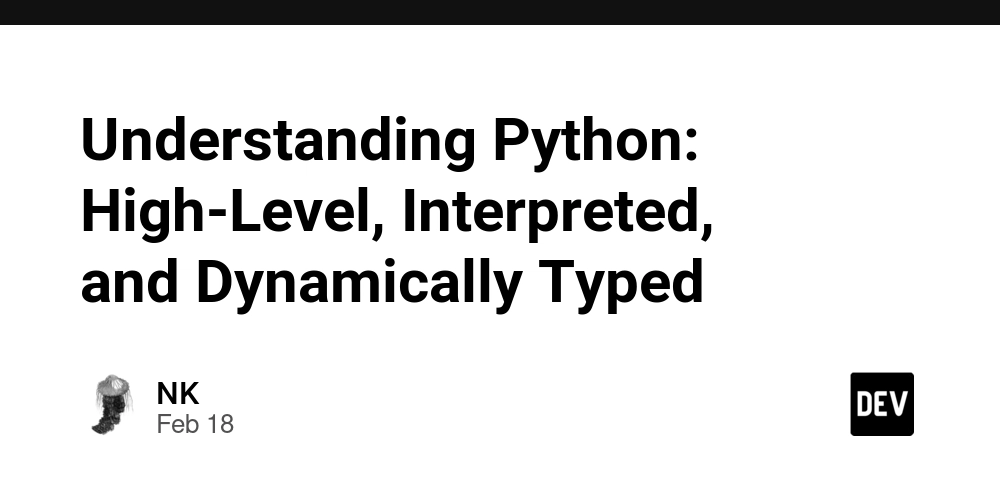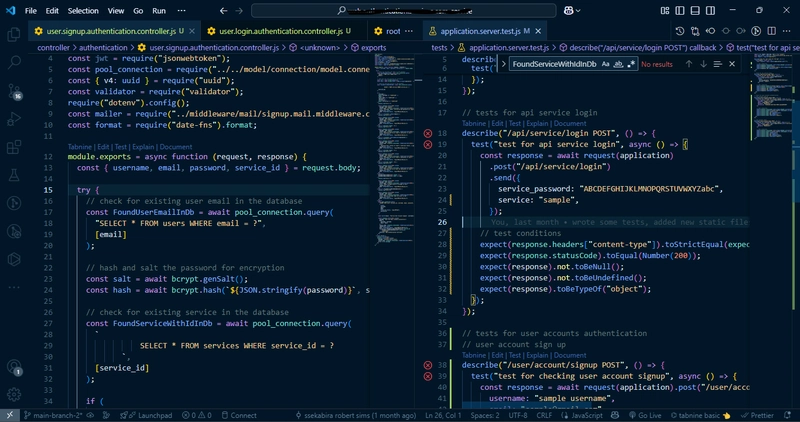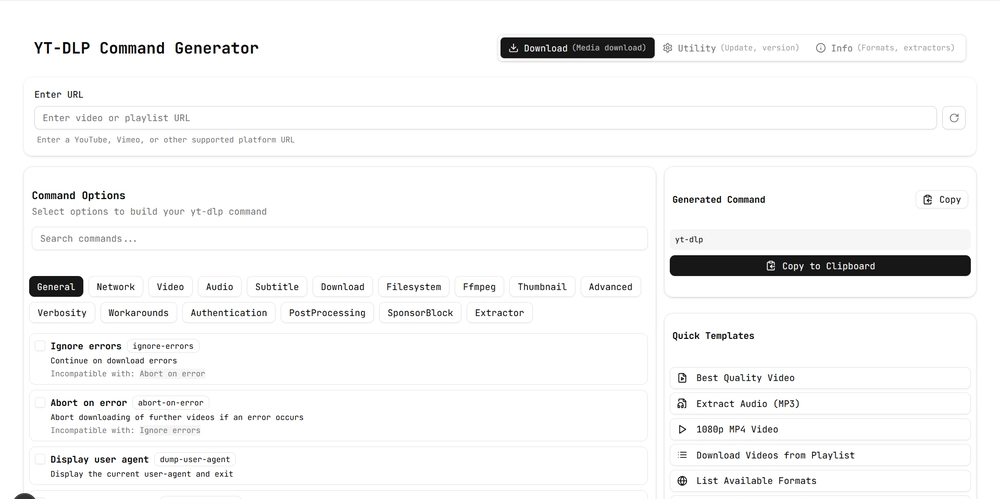Understanding Python: High-Level, Interpreted, and Dynamically Typed
Python is often described as a high-level, interpreted, and dynamically typed language. These characteristics contribute to its ease of use, flexibility, and widespread adoption. But what do these terms actually mean, and why do they matter? Let’s break them down one by one. 1️⃣ Python is a High-Level Language ✅ What Does "High-Level" Mean? A high-level language is one that abstracts away the complexities of hardware, allowing developers to focus on logic rather than low-level system details. Python is designed to be human-readable and closer to natural language compared to low-level languages like C or Assembly.

Python is often described as a high-level, interpreted, and dynamically typed language. These characteristics contribute to its ease of use, flexibility, and widespread adoption. But what do these terms actually mean, and why do they matter? Let’s break them down one by one.
1️⃣ Python is a High-Level Language
✅ What Does "High-Level" Mean?
A high-level language is one that abstracts away the complexities of hardware, allowing developers to focus on logic rather than low-level system details. Python is designed to be human-readable and closer to natural language compared to low-level languages like C or Assembly.








































































































































































![[The AI Show Episode 143]: ChatGPT Revenue Surge, New AGI Timelines, Amazon’s AI Agent, Claude for Education, Model Context Protocol & LLMs Pass the Turing Test](https://www.marketingaiinstitute.com/hubfs/ep%20143%20cover.png)



































































































































![From drop-out to software architect with Jason Lengstorf [Podcast #167]](https://cdn.hashnode.com/res/hashnode/image/upload/v1743796461357/f3d19cd7-e6f5-4d7c-8bfc-eb974bc8da68.png?#)









































































































.jpg?#)































_ArtemisDiana_Alamy.jpg?#)


 (1).webp?#)









































































-xl.jpg)












![Yes, the Gemini icon is now bigger and brighter on Android [U]](https://i0.wp.com/9to5google.com/wp-content/uploads/sites/4/2025/02/Gemini-on-Galaxy-S25.jpg?resize=1200%2C628&quality=82&strip=all&ssl=1)










![Apple Rushes Five Planes of iPhones to US Ahead of New Tariffs [Report]](https://www.iclarified.com/images/news/96967/96967/96967-640.jpg)
![Apple Vision Pro 2 Allegedly in Production Ahead of 2025 Launch [Rumor]](https://www.iclarified.com/images/news/96965/96965/96965-640.jpg)


































































































































